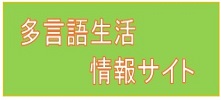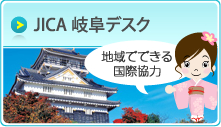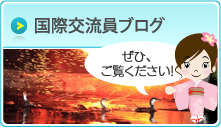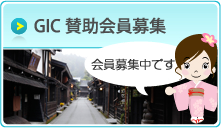 |
(2023.04.12) |
Even people who do not know very much about Japan know about Japanese cherry blossom, called "sakura" 桜 in Japanese. Every year, there are sakura forecasts in which predictions about when the sakura will bloom in different parts of the country are made. Sakura's beauty is fleeting, and there is always a possibility that bad weather may result in the blooming flower petals being blown from the trees early, making these forecasts all the more important. Many of them even describe the stage of blooming, such as when the flowers are budding, in full bloom, or when the petals begin to fall. In fact, the sakura bloomed a little earlier than usual in 2023. In Japan there is a custom called "hanami" 花見, literally "flower viewing", which involves visiting places with sakura and often having picnics under the pink and white trees. The sakura season for 2023 may be over, but in this post I would like to take a look back at a weekend when I was able to see some beautiful sakura spots in and around Gifu city.
Usuzumi-zakura
Not only a highlight of Gifu, this tree is also a highlight of Japan! In fact, it is named as one of the 3 great sakura trees in the country because of its age and size. It is among 5 trees that were designated as National Natural Monuments in 1922 by the Japanese government. It is believed to be over 1,500 years old, which makes it the second oldest in Japan, after one of the other 3 great trees, Yamataka Jindai-zakura in Yamanashi Prefecture, which is thought to be over 2000 years old. Regarding the third tree, it's Miharu Takizakura in Fukushima Prefecture which is thought to be over 1000 years old.
Back to Gifu's Usuzumi-zakura, I was surprised by the size and scale of this magnificent tree when I first saw it, as it stands at approximately 17m (55 feet) tall, and its trunk has a circumference of approximately 10m (33 feet). Its branches spread out about 20-25 metres in all directions, creating a canopy beneath its twisted trunk. It gets its name from the unique colouring of the flowers. The first of the two kanji characters in 淡墨, "Usuzumi", "淡", means thin, faint, or pale, while the second, "墨" means ink, usually the pale black used in Japanese calligraphy. When the flowers of this tree first bloom, they are pale pink, then turning white at full bloom and pale grey, like ink, just before they fall. It is a rarity for a tree to have petals with multiple colours like this, increasing the charms of this tree beyond its age and size. I saw the Usuzumi-sakura after full bloom but before the flowers began to fall, and the flowers still looked white, although as I went for the night light-up, it was quite hard to tell the true colour of the blossoms. The night light-up is until 9pm, so if you want to see the striking bright blossoms against the inky night sky, I would definitely recommend heading there after sunset. My hope next year is to see the tree during the daytime as well!
Regarding the history of the tree, it is said to have been planted by Emperor Keitai, who is widely thought to have been born in the mid to late 5th century and reigned in the early 6th century, although historical accounts vary. According to folklore, he planted the sapling after burning down the palace of another prince located on the site. In modern history, the 20th century saw the Usuzumi-zakura withering and becoming damaged due to heavy snowfall, notably in the winter of 1913. In 1948, it was predicted that the tree would be dead within 3 years, but a local dentist set out to save it through root grafting (removing dead roots and adding grafts of live plants to these areas), which was successful.
The future of the tree became uncertain once again following the extreme Typhoon Vera which hit in 1959, breaking even the thicker branches of the tree and stripping it of its leaves. It was then thanks to author Chiyo Uno, who wrote about the devastation of the Usuzumi-zakura and appealed to the Governor of Gifu, that the tree was once again restored following fundraising, the help of a Gifu University biologist, and support from the Prefecture from 1968. It is thanks to these efforts that we can continue to enjoy the blooms of the Usuzumi-zakura even today, over a thousand years after it was planted. Conservation efforts continue with wooden pillars supporting the tree, and visitors cannot get too close to the tree for its protection.
When you visit the Usuzumi-zakura, you can enjoy not only this ancient tree, but other sakura trees in the surrounding park. The park is called "Usuzumi-koen" and is in Motosu city, north of Gifu city, in a rural valley. There are souvenir and food shops lining the walk uphill to the park, and lawn space where you can sit to enjoy the view of the trees.
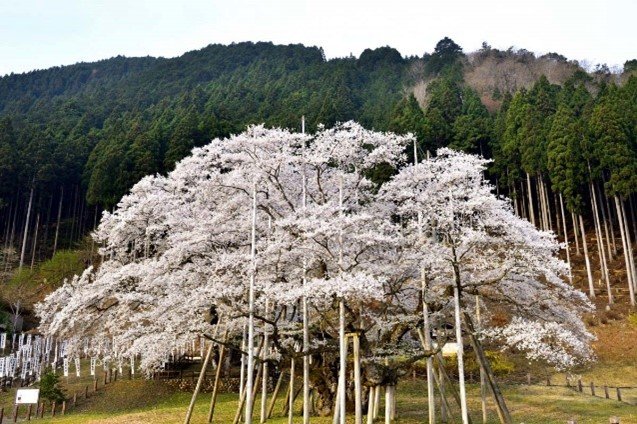 ...
...
...
Inaba shrine
Unlike the Usuzumi-zakura, which is in the countryside and is a little difficult to access without a car, (although you can get there on the private Tarumi line which begins at Ogaki station - alight at the end of the line at Tarumi station), Inaba shrine is in Gifu city so is easily accessible by bus or on foot. The road leading to Inaba shrine, or "Inaba jinja" 伊奈波神社 has sakura trees at regular intervals, and the shrine itself also has trees dotting its entrance. Inaba shrine has a history of over 1,900 years and is found nestled at the foot of Mount Kinka, the summit of which is home to Gifu castle. The blossoms and scenery surrounding the shrine were made especially striking during the Gifu festival, which took place on the first weekend of April. The festival coincides with the Dosan festival, which celebrates samurai Saito Dosan, credited with establishing Gifu city, and festivities are held throughout the city. It was also Dosan who moved Inaba shrine to its present location in 1539. A procession of festival floats adorned with lanterns are carried by local people along Inaba-dori, the road leading to the shrine. Since the procession takes place in the evening, the lanterns are striking in the dark, and enhanced further by the sakura. Typical festival foods were also available just outside the shrine's main torii gate. The sakura trees visible along the road are "shidare" sakura trees, or weeping cherry trees, and the ones around the shrine buildings are Yoshino cherry trees.
・・・
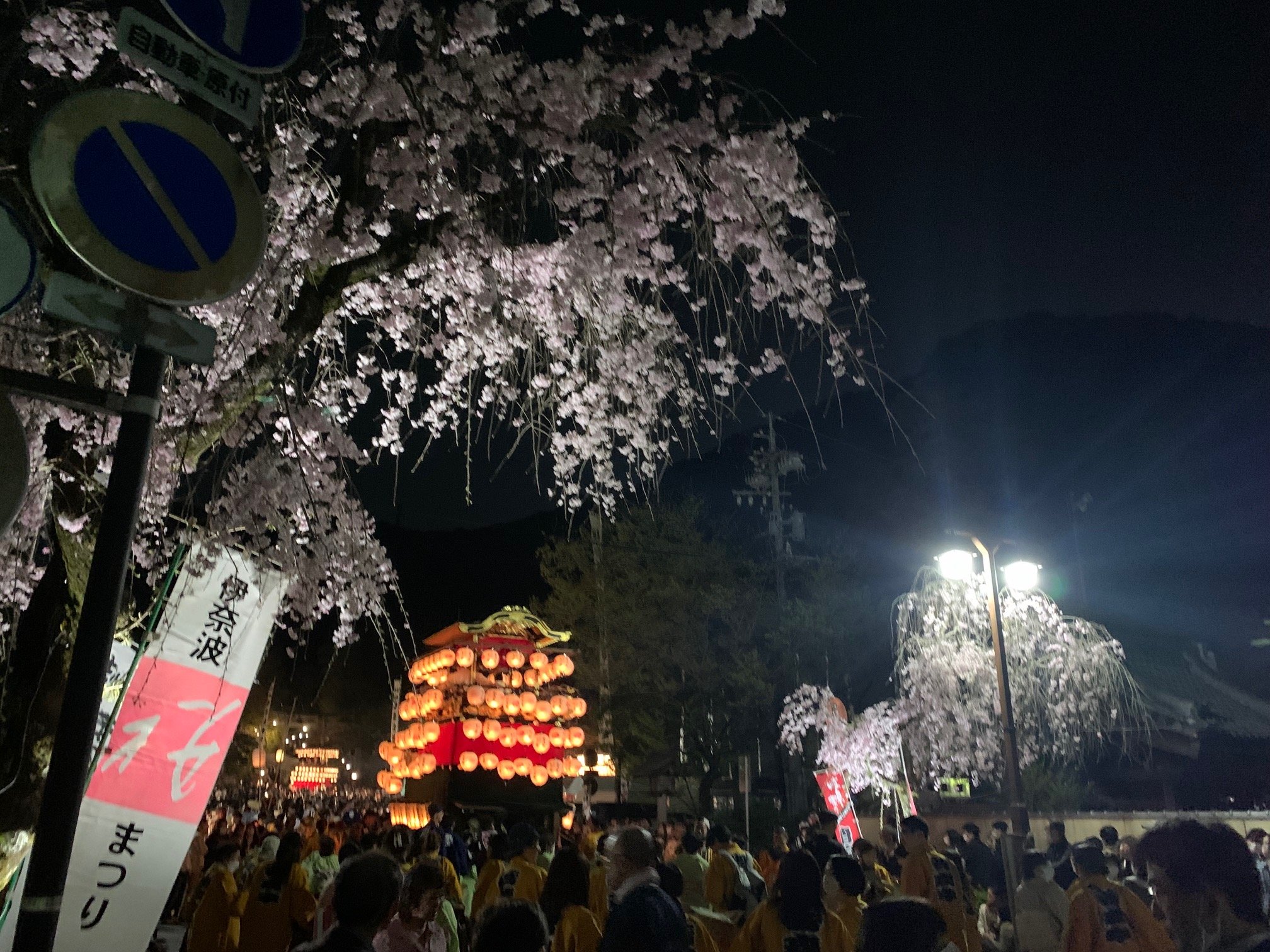 ///
///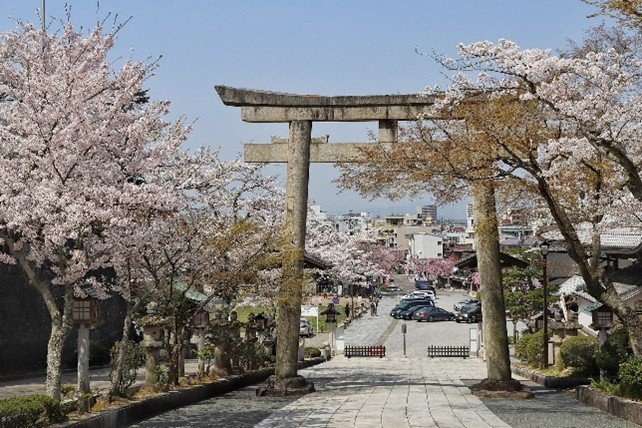
...
Sunomata castle
Lastly, I will discuss Sunomata castle, 墨俣城, which is located in the Ogaki area of Gifu, on the banks of the Sai River and the Nagara River. It is nicknamed "ichiya-jyo" (一夜城) or the overnight/ one night castle, in reference to the speed at which the castle was built, as it was said to have appeared overnight, although in reality the construction probably took several days. Due to its close proximity to enemy territory on the other side of the Sai River, building Sunomata castle was a dangerous task, necessitating speed. Its quick construction was meant to surprise and strike fear into the hearts of the enemy. In the Kyushu post, I discussed both Oda Nobunaga and Toyotomi Hideyoshi, and mentioned the importance of Nobunaga conquering Gifu castle to control much of Japan. In fact, Hideyoshi, who at the time was a loyal retainer of Nobunaga, built Sunomata castle in 1566 or 1567 (accounts differ) and the attack on Gifu castle was led from Sunomata castle, showing the importance of its strategic position. The aforementioned Saito Dosan was actually Nobunaga's father-in-law and named Nobunaga as his heir, but he was killed in a rebellion by his biological son.
Since it is located next to not one but two rivers, the scenery around Sunomata castle is truly beautiful, and the path along the Sai River to the castle is lined with Yoshino cherry trees. Around the castle there are more trees, and as you cross the bridge to the castle's entrance, the pale pink flowers frame the white castle tower. There are over 1000 cherry trees in this area! The current castle is a reconstruction and doesn't actually look anything like the original! It was built to look like Ogaki castle, but in reality the Sunomata castle built by Hideyoshi was a simple wooden fortress with lookout towers, living quarters, dry moats, and log palisades, lacking the castle tower (in the typical style of most Japanese castles) you can see today, which was built in 1991 to serve as a museum. The museum has a wealth of information about the castle's reconstruction as well as about the original, however this information is only available in Japanese. You can also see samurai weaponry and armour. The 200 yen cost to enter the castle is definitely worth it, in part because of the view from the castle tower. From it you can see the rivers, the sakura trees, Ogaki city and Gifu city, including Gifu castle in the distance. So why not walk under a canopy of sakura along the Sai River to Sunomata castle and learn more about Gifu Prefecture's rich samurai history? You can get there by bus from both Gifu and Ogaki stations, and the nearest station is Hozumi station on the JR line.
・・・
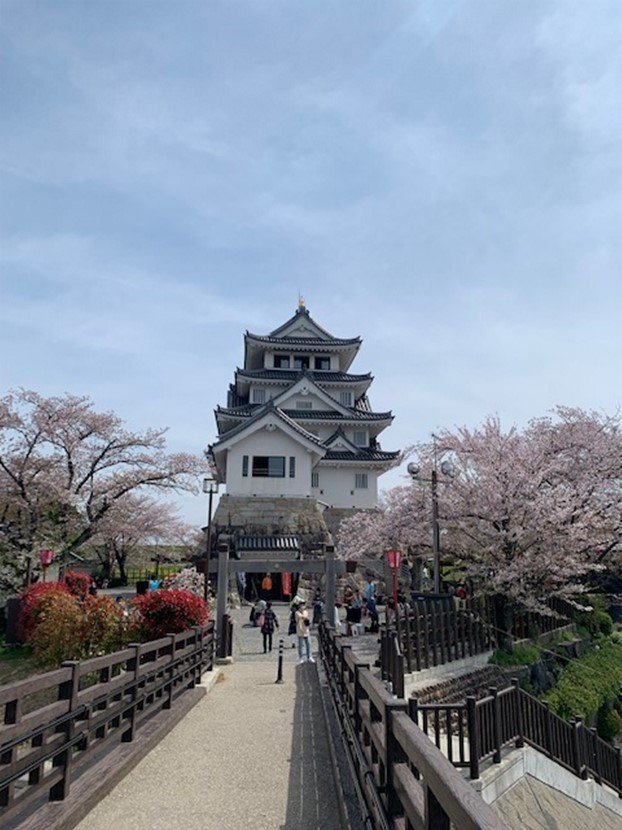 ...
...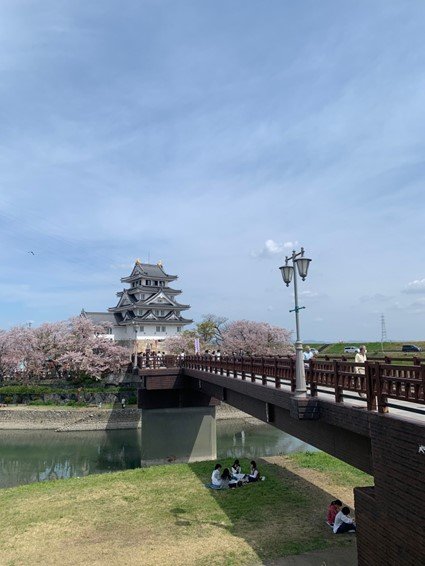
..
Many tourists come to Japan for the sakura season, and especially now that tourism has restarted, I can imagine that the most famous spots, such as Tokyo's Meguro River and Yamanashi's Chureito Pagoda in view of Mount Fuji were very crowded. So why not come to Gifu for the next sakura season to enjoy the ancient wonder of the Usuzumi-zakura, or the many trees lining the Sai River near Sunomata castle? Although, those with hay fever, please be careful as this season is also rife with allergy-inducing pollen! Of course, the three spots I have discussed are not the only places to enjoy sakura in the Gifu area, but these are the three that I experienced this year. Maybe next year I'll be able to discover even more lovely sakura spots!
...
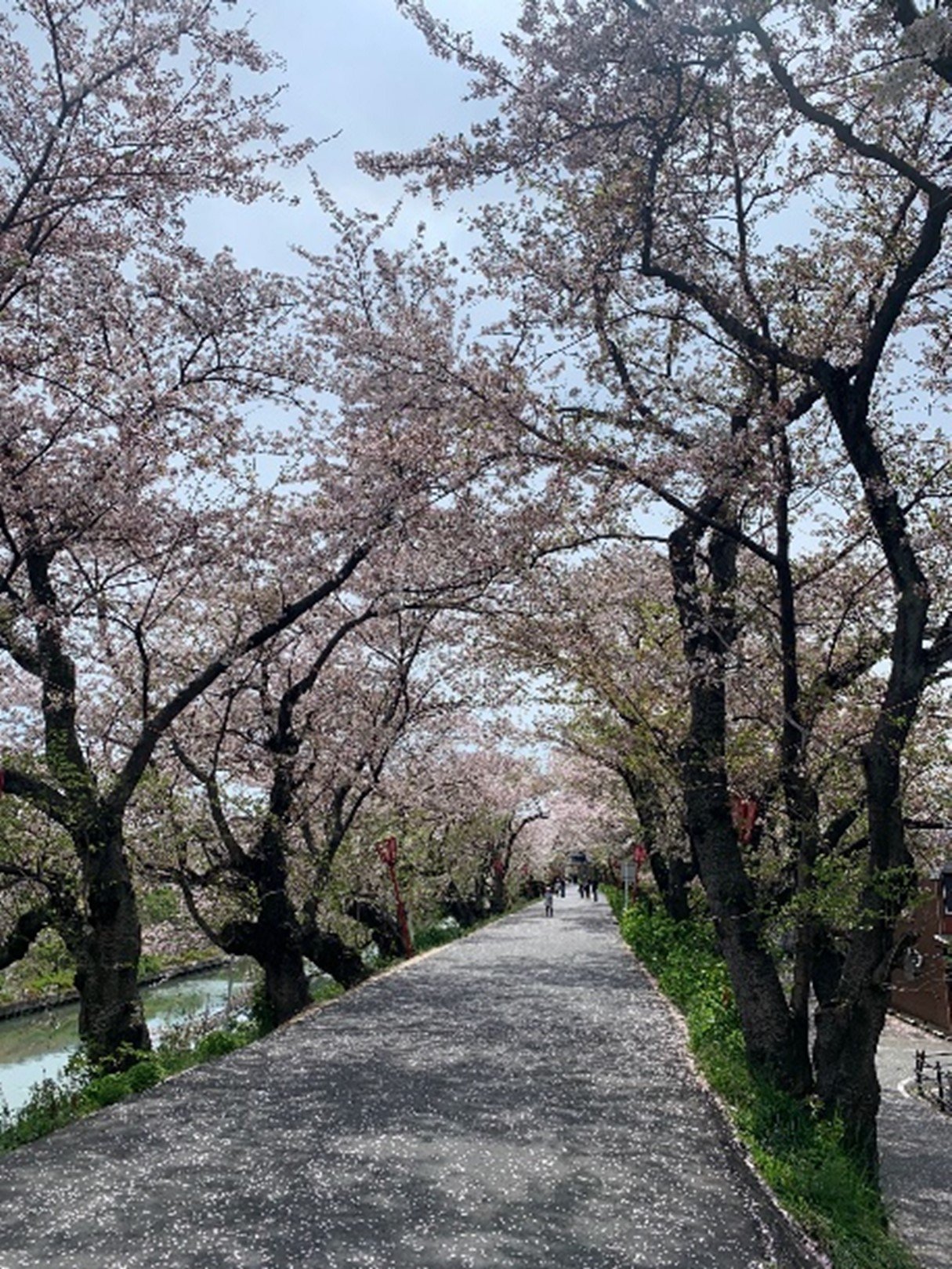 ....
....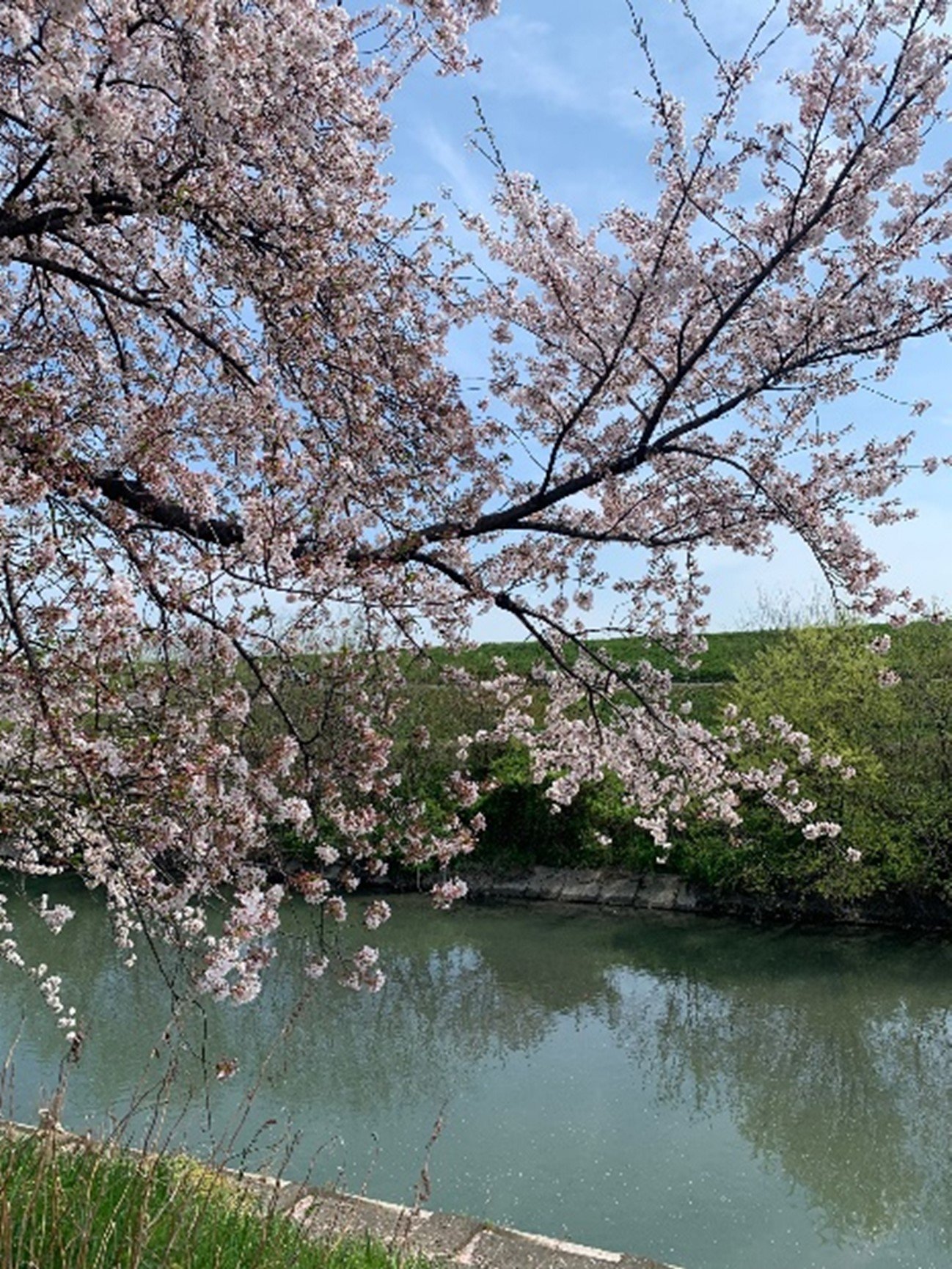
。。。
Photo information:
(Usuzumi-zakura, left to right)
- https://jp.zekkeijapan.com/spot/index/366/
- Taken by the author.
(Inaba shrine sakura and festival float, left to right)
- Taken by the author.
- Courtesy of Go Gifu on Facebook https://www.facebook.com/gogifu.en/photos/pcb.6416876901680388/6416876778347067
//......You can also find Go Gifu on Instagram https://www.instagram.com/gogifu_japan/
(Sunomata castle)
- Both taken by the author.
(Sakura by the Sai River)
- Both taken by the author.




